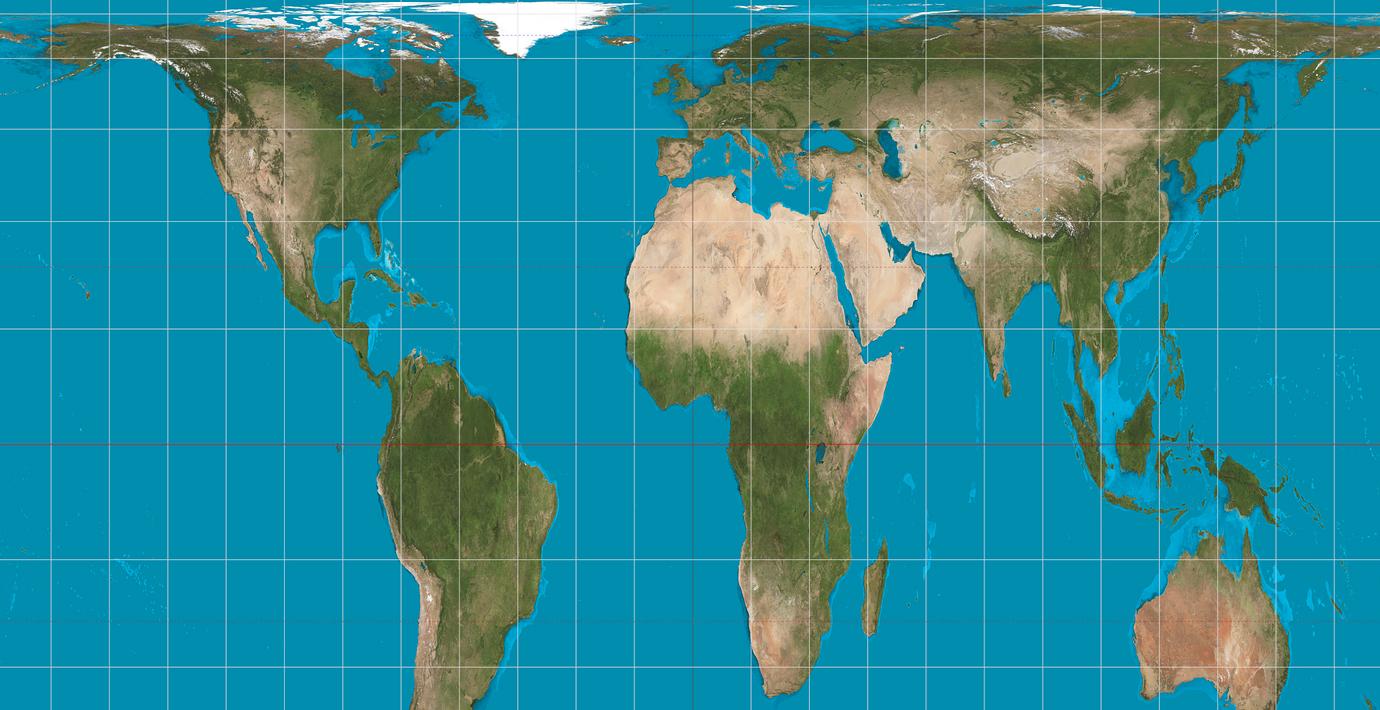
Ny karta ger skolbarn en annan syn på världen
Eleverna i Bostons kommunala skolor ska få en annan syn på världen. Skoldistriktet börjar nu köpa in kartor med Peters projektion som ett komplement till kartorna med den klassiska Mercators projektion, som varit norm i över 400 år, skriver Boston Globe.
Mercators projektion har kritiserats för att den förvränger storleksförhållandena mellan kontinenterna till de gamla imperiernas fördel. Vilket till exempel ger intrycket att Europa är lika stort som Latinamerika, trots att det bara är hälften så stort. Kartor med Peters projektion ger länder korrekt ytfördelning men kan till exempel inte användas för att navigera efter.
– Det här är starten på ett tre år långt projekt för att avkolonialisera läroplanen i våra kommunala skolor, säger skoltjäsntemannen Colin Rose till The Guardian.
